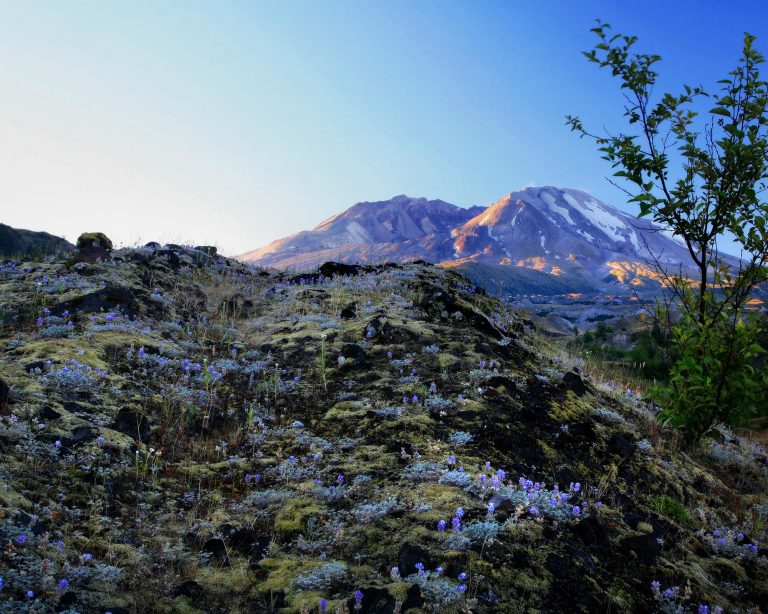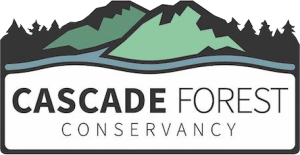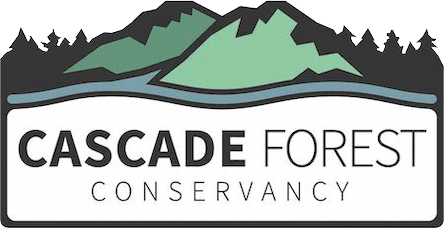the pumice plain
A UNIQUE AND SCIENTIFICALLY VITAL LANDSCAPE UNDER THREAT
The Pumice Plain is a Class I Research Area on the northern slopes of Mount St. Helens within the National Volcanic Monument. Since the blast, the Pumice Plain has remained a pristine natural laboratory. The site has provided scientists with an opportunity to study the formation of new ecosystems like nowhere else on Earth.
But now, the proposed construction of a road through the heart of the area is putting the Pumice Plain at risk.
For years, conservationists, scientists, and concerned citizens have been raising the alarm about a U.S. Forest Service plan to construct a road through the Pumice Plain. Despite submitting comments and objections detailing concerns with the plan’s impact and legality, the agency intends to proceed with the road. In response, CFC and a coalition of conservation organizations, researchers, and concerned individuals filed a complaint in federal court in the spring of 2021 to stop road construction from moving forward.
like nowhere else on earth
A NATURAL LABORATORY
The Pumice Plain accounts for only 3% of the Monument’s area but contains 70% of all active studies. Researchers are drawn to this site because of the unique opportunities it provides. Ecosystems are vast and complex networks where isolating any one factor can be difficult. But on May 18, 1980, this place became brand-new ground. Superheated pyroclastic flows buried the landscape under a deep layer of pumice that was still measured at 750° two weeks after the blast. It was an ecological clean slate, and its protected status has allowed researchers to study how new ecosystems form, gaining transformational insights that could not be gained anywhere else.
AN IMPORTANT ROADLESS REFUGE
Since the 1980 eruption, the Pumice Plain has remained a road-free area where life has been allowed to return with minimal human interference. While it is still a harsh, wind-blown environment, life has come back here more quickly than anyone expected. It began with small animals, such as pocket gophers, birds, and wind-blown insects. Now elk, goats, and even large predators are beginning to return.
An unparalleled experIence
The famous Truman Trail offers visitors an opportunity to experience the power of a Cascade volcano and see the stubborn resilience of life up close. Not only that, the trail leads to incredible views of Spirit Lake and Mount St. Helens’ crater. Road construction would prevent public access to the trail and limit the public’s ability to experience this special place.
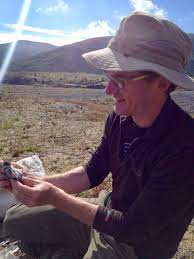
April 2, 2021
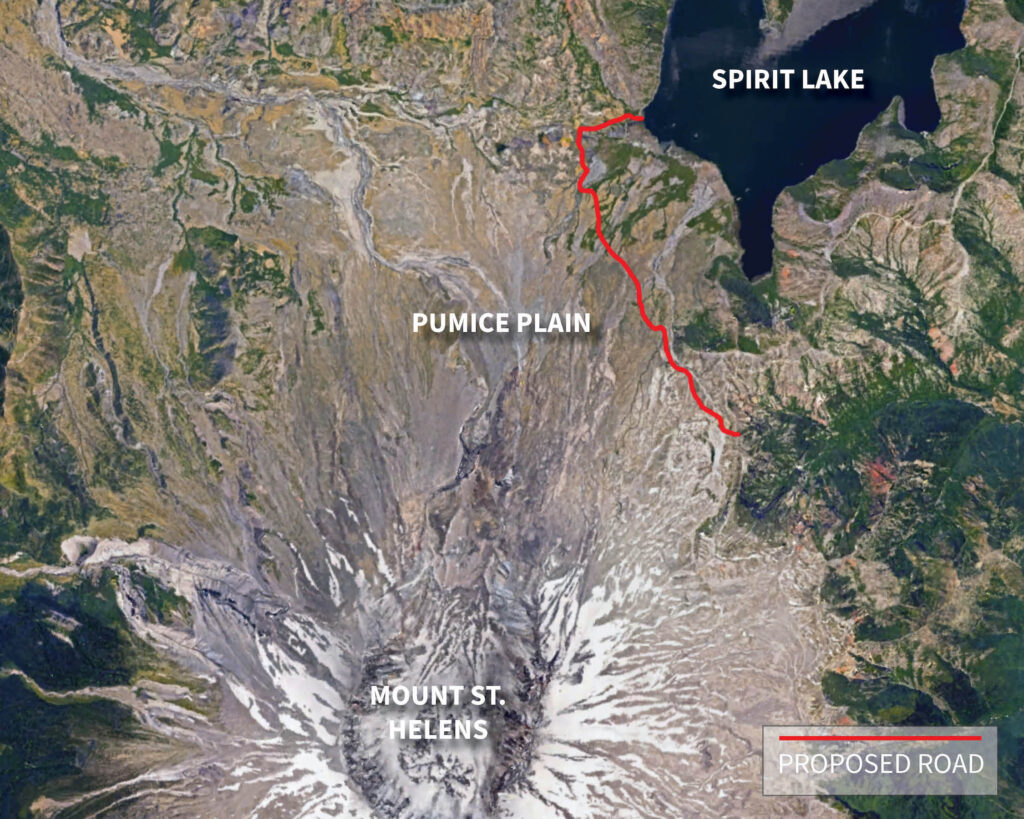
A ROAD THROUGH THE PUMICE PLAIN THE WRONG APPROACH TO PUBLIC SAFETY
The proposed road is the wrong solution to a necessary infrastructure project at Spirit Lake. Debris from the 1980 eruption created an earthen dam that blocked Spirit Lake’s only outlet. As the water level rose, some became concerned that the lake could overflow and potentially destabilize the debris block. This could eventually develop into a hazardous situation for downstream communities. To maintain the water level, a tunnel was dug to provide Spirit Lake with a new outlet in 1985.
The agency wants to use the road to bring in trucks and equipment to perform maintenance on the existing tunnel and drill samples from the debris blockage to assess a route for a second outlet. However, the agency has failed to consider other ways to move equipment and workers to the site that do not involve the construction of a road through the delicate Pumice Plain. We believe the Forest Service has not been transparent with the urgency of this project. Our lawsuit alleges that the agency failed to conduct the analysis required by the National Environmental Policy Act (NEPA) for a project of this scale and impact. Building the proposed road would fundamentally contradict the primary purposes for which Congress established the Monument in 1982–as a place for research, education, and recreation.
The road may cause permanent damage to the Pumice Plain by:
- Interrupting or ruining active research plots and negatively impacting the results at other plots beyond the construction area by fundamentally altering the landscape and ecosystem.
- Impeding or compromising innumerable future studies not yet underway.
- Ending the public’s ability to access the area through the Truman Trail.
- Negatively impacting newly formed watersheds and polluting Spirit Lake.
- Impacting animals beginning to return to the area with noise and other impacts from road construction.
- Creating a serious risk of introducing invasive species.
- Introducing major disruption into this pristine, road-free area. The damage these impacts will have will outlast the road by generations.
Pumice Plain NEWS AND UPDATES
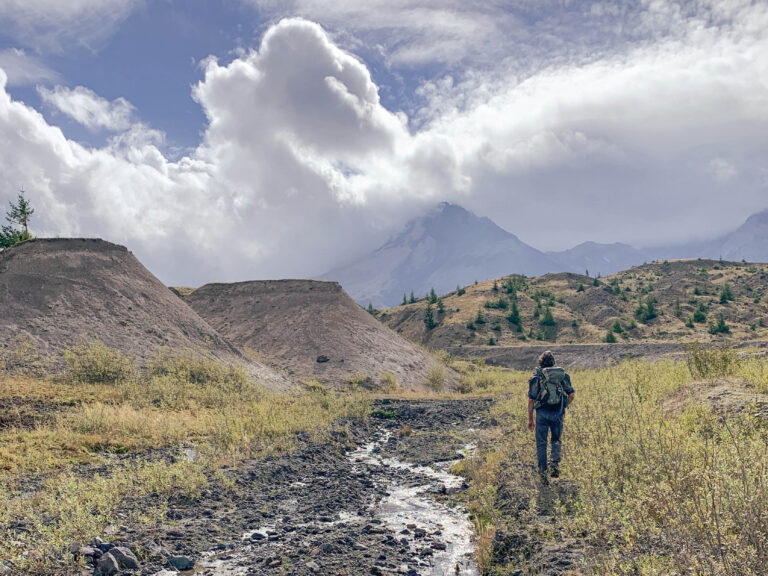
PUMICE PLAIN LITIGATION UPDATE
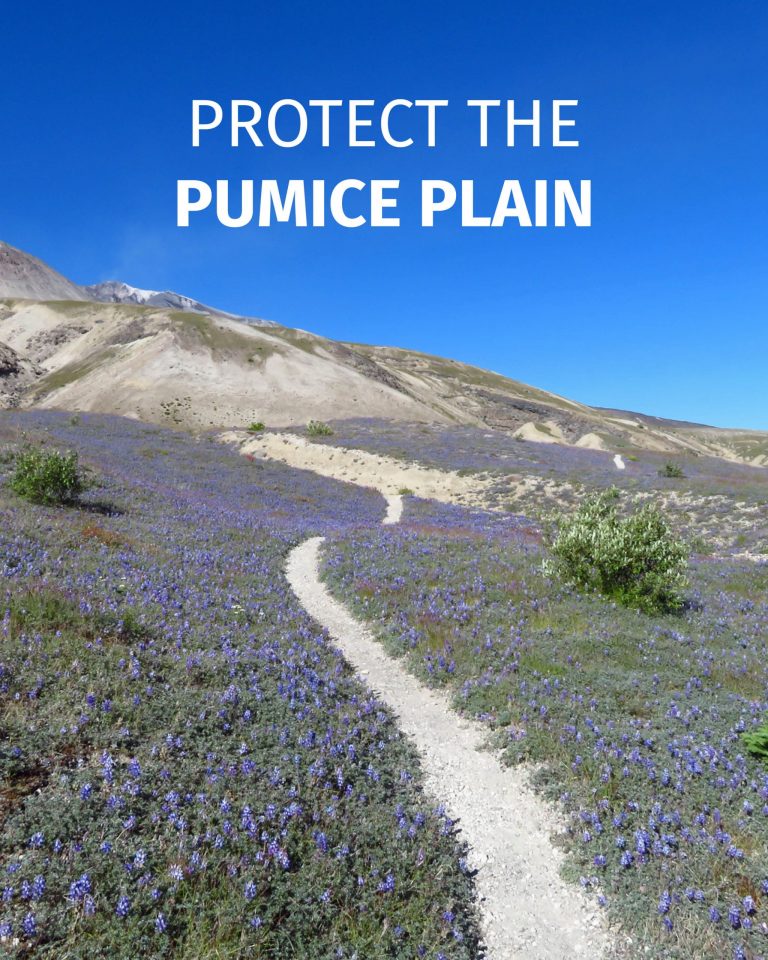
ALERT: CFC and coalition files lawsuit protect the Pumice Plain
